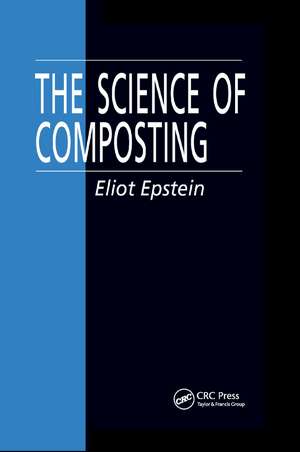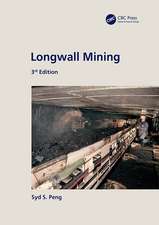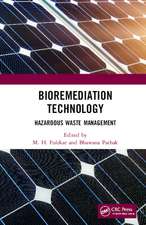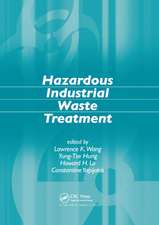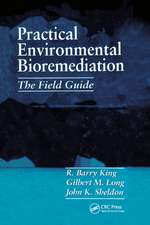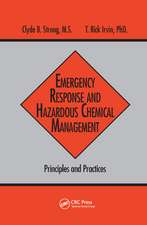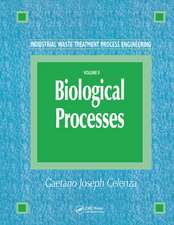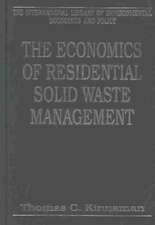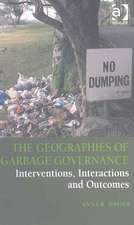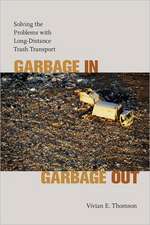The Science of Composting
Autor Eliot Epsteinen Limba Engleză Paperback – 7 oct 2019
The main objective of composting is to transform organic materials into a stable usable product. Often organic materials which may have limited beneficial use in their raw state or have regulatory disposal constraints can be transformed by composting into marketable products. The limits on beneficial reuse may be regulations or they may be due to the potential for materials to be putrescible or pathogenic. Composting can be a solution for each of these.
The implementation of composting on a large scale (in contrast to home or backyard composting) involves materials handling. Technological implementation of composting must be consistent with the biological demand of the system. If the biological system is violated, conditions will not be optimized for composting, and problems such as odor generation, insufficient aeration or moisture, or a combination of these conditions may result. Past problems and closure of facilities have been largely due to violations of the biological systems. Product quality with respect to particle size, inclusions, moisture content and other physical aspects are a function of engineering design. A well designed system must have the biological and engineering principles in harmony at all times.
Preț: 489.26 lei
Preț vechi: 575.60 lei
-15% Nou
Puncte Express: 734
Preț estimativ în valută:
93.62€ • 97.75$ • 77.48£
93.62€ • 97.75$ • 77.48£
Carte tipărită la comandă
Livrare economică 04-18 aprilie
Preluare comenzi: 021 569.72.76
Specificații
ISBN-13: 9780367401122
ISBN-10: 0367401126
Pagini: 504
Dimensiuni: 152 x 229 x 26 mm
Greutate: 0.45 kg
Ediția:1
Editura: CRC Press
Colecția CRC Press
ISBN-10: 0367401126
Pagini: 504
Dimensiuni: 152 x 229 x 26 mm
Greutate: 0.45 kg
Ediția:1
Editura: CRC Press
Colecția CRC Press
Public țintă
ProfessionalCuprins
Chapter 1. Composting: A Prospective. Chapter 2. Basic Concepts. Chapter 3. Microbiology. Chapter 4. Biochemistry. Chapter 5. Stability, Maturity, and Phytotoxicity. Chapter 7. Organic Compounds. Chapter 8. Pathogens. Chapter 9. Bioaerosols. Chapter 10. Odors and Volatile Organic Compounds. Chapter 11. Soil Physical and Chemical Manifestations. Chapter 12. Utilization of Compost. Chapter 13. Compost Utilization II. Chapter 14. Regulations. Conclusion. References
Descriere
Composting is the highest form of recycling and the reuse of resources. What greater benefit can be had by mankind to perpetuate the living soil, which provides us with sustenance, food, and life by returning and utilizing organic matter? What better utilization of organic wastes can be had than composting? This encyclopedic work provides comprehensive information on: the fundamentals: microbiology, biochemistry, physical/chemical aspects of composting; composting environmental and health issues; beneficial impacts of compost on soils; new and most effective compost uses; and Federal, State, and European government regulation of composting.
